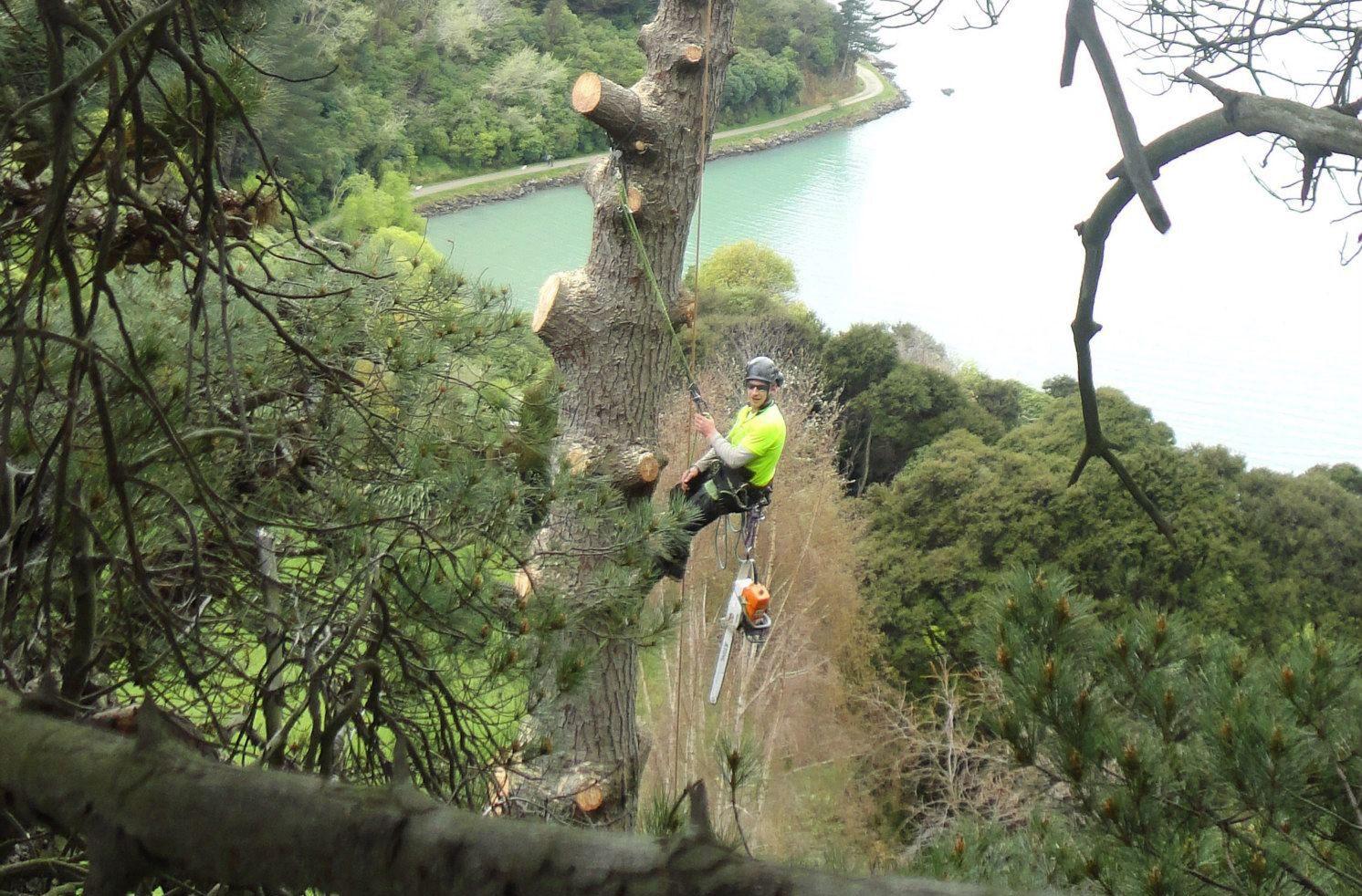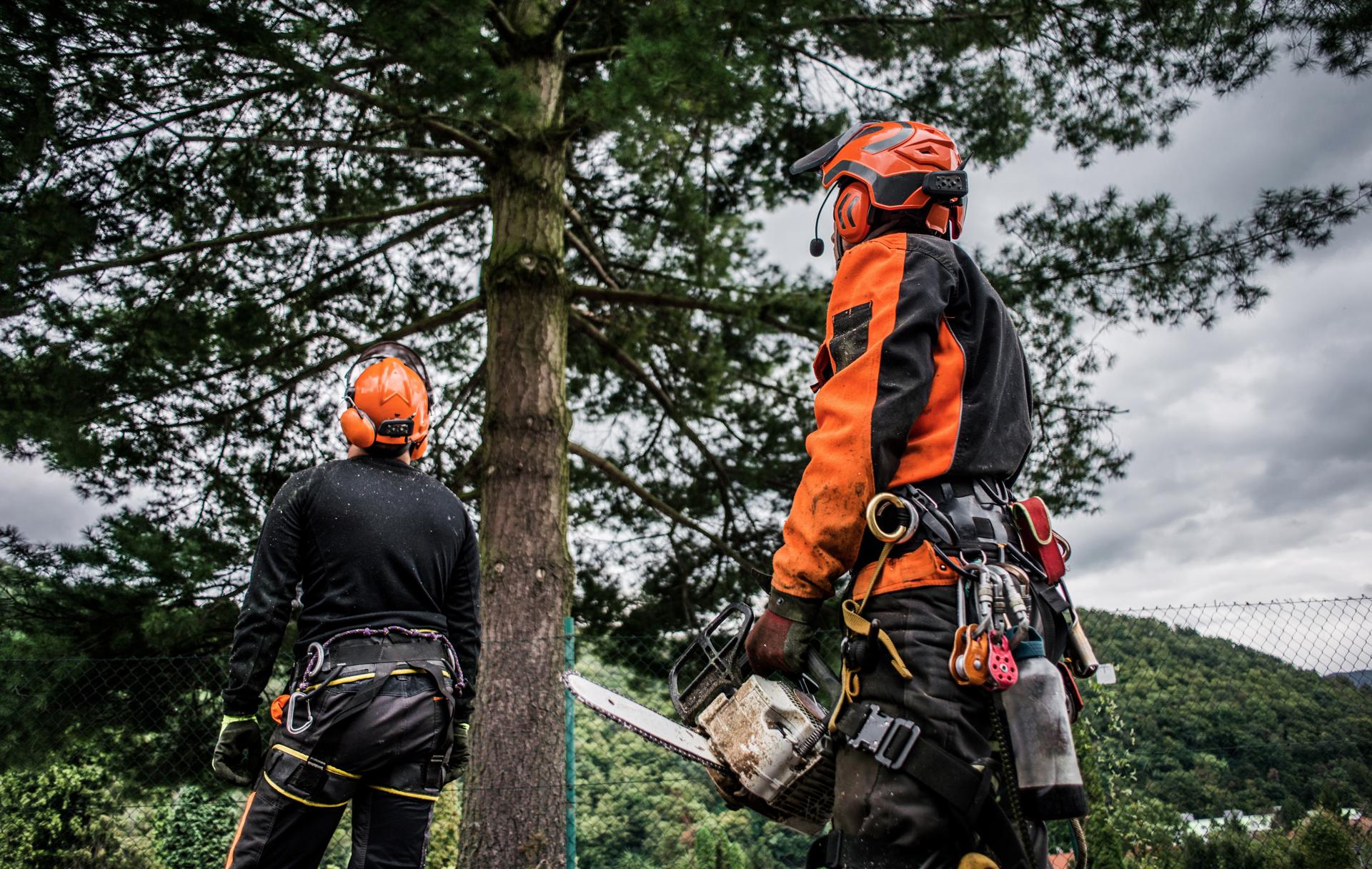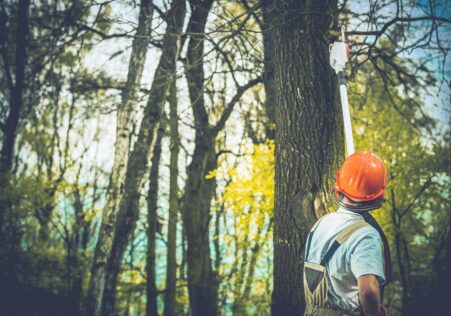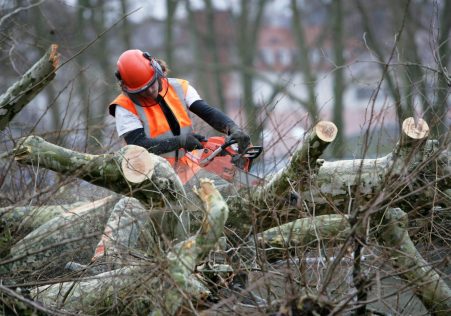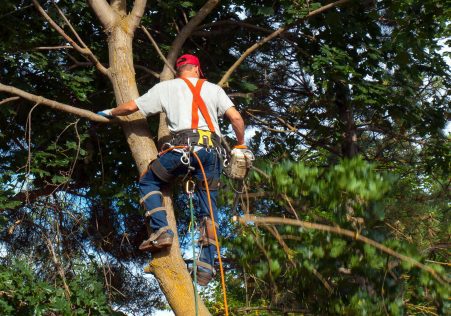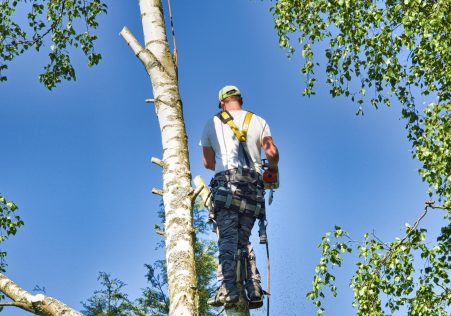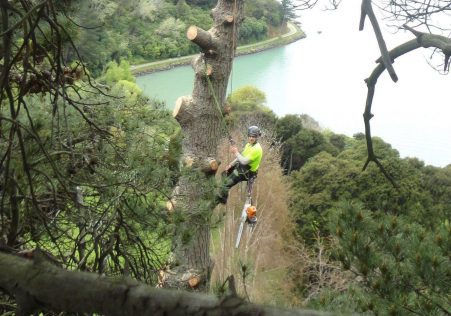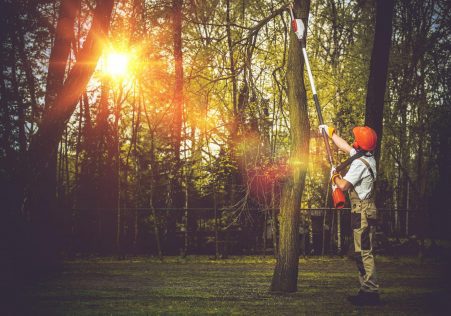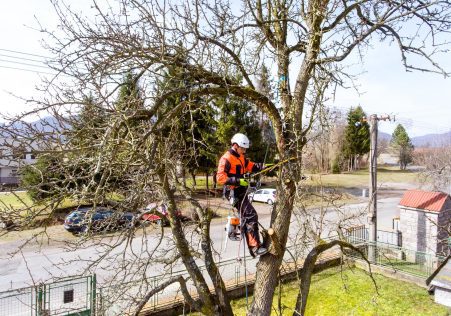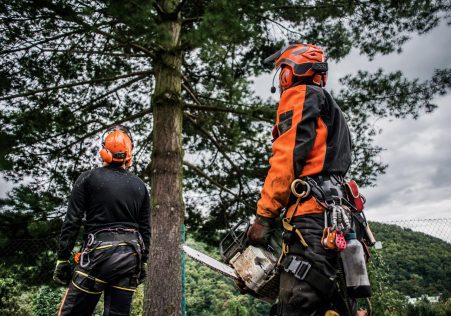Indications: When to Take Down a Tree
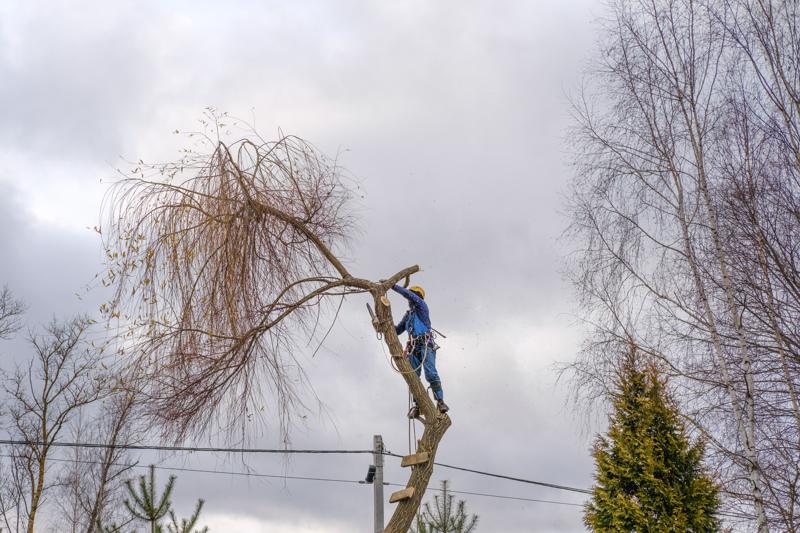
Tree removal is a difficult and potentially hazardous task. If a tree is dying, diseased, or at risk from falling down, then it might need to be removed to avoid damage to the property and to ensure safety. But how do you tell when a tree must be removed? In this article, we’ll walk you through the warning signs to look out for and help you determine when it’s time to call in experts.
Dead or Dying Trees
One of the evident signs that a tree should be removed is when it is dying or dead. Dead trees do not have leaves and can appear lifeless. If a tree doesn’t have leaves or signs of new growth, it is likely dead. In addition, the bark of a dead tree might be dry, cracked, or peeling.
Trees that are diseased
Diseased trees may pose a threat to other trees and plants within the vicinity. Common signs of disease on trees are dying leaves, wilted or yellowed branches, and the growth of mushrooms at the root or the trunk. If you suspect your tree is suffering from disease, it’s important to have it examined by an arborist who is a professional.
Leaning Trees
Trees that lean to one side can indicate it is a sign that the roots are failing, and the tree could be in danger of falling. To find out if a tree that is leaning could be a threat, check for cracks or breaks within the trunk and look into the soil surrounding the tree’s base. If you see any of these indicators you should have the tree evaluated by an arborist.
Overhanging Branches
The branches of overhanging trees which are located close to power lines or buildings can be a danger to property and safety. If you’re concerned regarding branches that hang overhanging It is recommended to get the tree assessed by an arborist who will determine if pruning or removal is required.
FAQs
How do I know if a tree is dead?
The tree will be considered dead when it lacks leaves and has no signs of new growth. The bark of a dead tree could be cracked, dry, or peeling.
What are the signs of a dying tree?
The most common signs of disease on trees include yellowing leaves, wilted branches, and the growth of mushrooms at the bottom of the tree.
Is it safe to remove an entire tree on your own?
Tree removal is a difficult and dangerous task. It is best to leave the task to experts who can ensure the safety of you and others.
Conclusion
When you’re dealing with tree removal, it’s important to be able to recognize the indications that a tree requires to be removed. If you are aware of signs of dead or dying trees, diseased trees overhanging or leaning branches, you can take steps to ensure the safety of your property and those around you. If you suspect that a tree on your property requires removal, don’t hesitate to contact Professional Tree Removal Brisbane for a professional evaluation. Our highly trained arborists have the experience and equipment to handle all your tree removal needs. Don’t risk your safety. If you think a tree on your property should be removed, call Professional Tree Removal Brisbane today for a professional assessment. Our experienced arborists can provide you with the security that comes with knowing your property is in safe hands. Contact us today by dialing 1300 479 169 to schedule an appointment.

